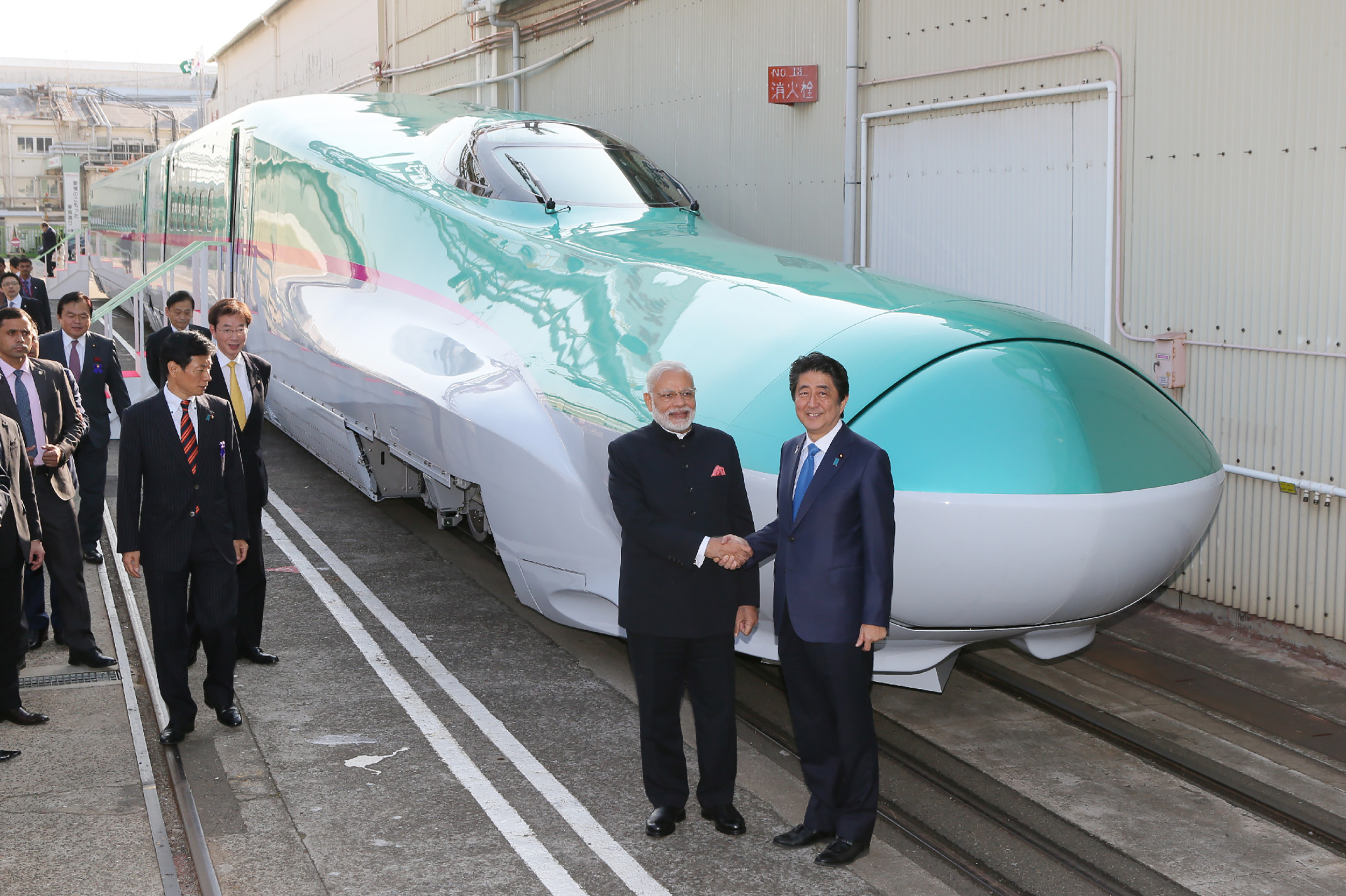Construction has kicked off near Mumbai, India, on an underwater tunnel as part of a high-speed rail project, as reported by The Hindustan Times.
The National High Speed Rail Company Limited (NHSRCL) revealed that the 7-kilometer (4.4-mile) tunnel will be a single tube, 13.2 meters (43 feet) in diameter, making it the first undersea tunnel in South Asia. It forms part of a larger 21-kilometer tunnel in Maharashtra, India.
“Building 21 kilometers of tunnel is a key feat in the Mumbai-Ahmedabad HSR corridor, including India’s debut twin-track undersea rail tunnel spanning 7 kilometers at Thane Creek,” said Shri Rajendra Prasad, NHSRCL’s managing director, in a statement on the company’s website. “We’ll use three tunnel boring machines and the new Austrian tunnelling method for this project.”

The tunnel will be dug beneath Thane Creek to safeguard the region’s environment, including protected flamingo sanctuaries and nearby mangroves.
As per NHSRCL’s specifications, the twin-track tunnel will lie between 25 and 65 meters below ground, utilizing a 13.1-meter cutter head for excavation. Construction will be facilitated by three shafts at depths of around 35, 39, and 53 meters.
Additional track construction for the high-speed project has commenced near Surat.
Recently, a high-speed rail bridge was swiftly constructed in India within 24 hours as part of NHSRCL’s project. This bridge was successfully placed over the Delhi-Mumbai National Expressway near Vadodara, Gujarat, weighing 3,000 metric tons of steel, standing 18 meters high and 14.9 meters wide.
What’s the Mumbai-Ahmedabad High-Speed Rail Corridor?
The Mumbai-Ahmedabad High-Speed Rail Corridor, commonly known as the bullet train project, marks India’s inaugural high-speed rail line, linking Mumbai and Ahmedabad on the nation’s western coast.
Initially proposed in the early 2000s, the high-speed rail line had feasibility studies in 2010, official approval in 2015, and the foundation stone laid by Indian Prime Minister Narendra Modi and former Japanese Prime Minister Shinzo Abe in September 2017.
The project’s estimated cost stands at $15 billion, primarily funded by a $12 billion loan from Japan, with the Indian government sponsoring the remaining amount.
